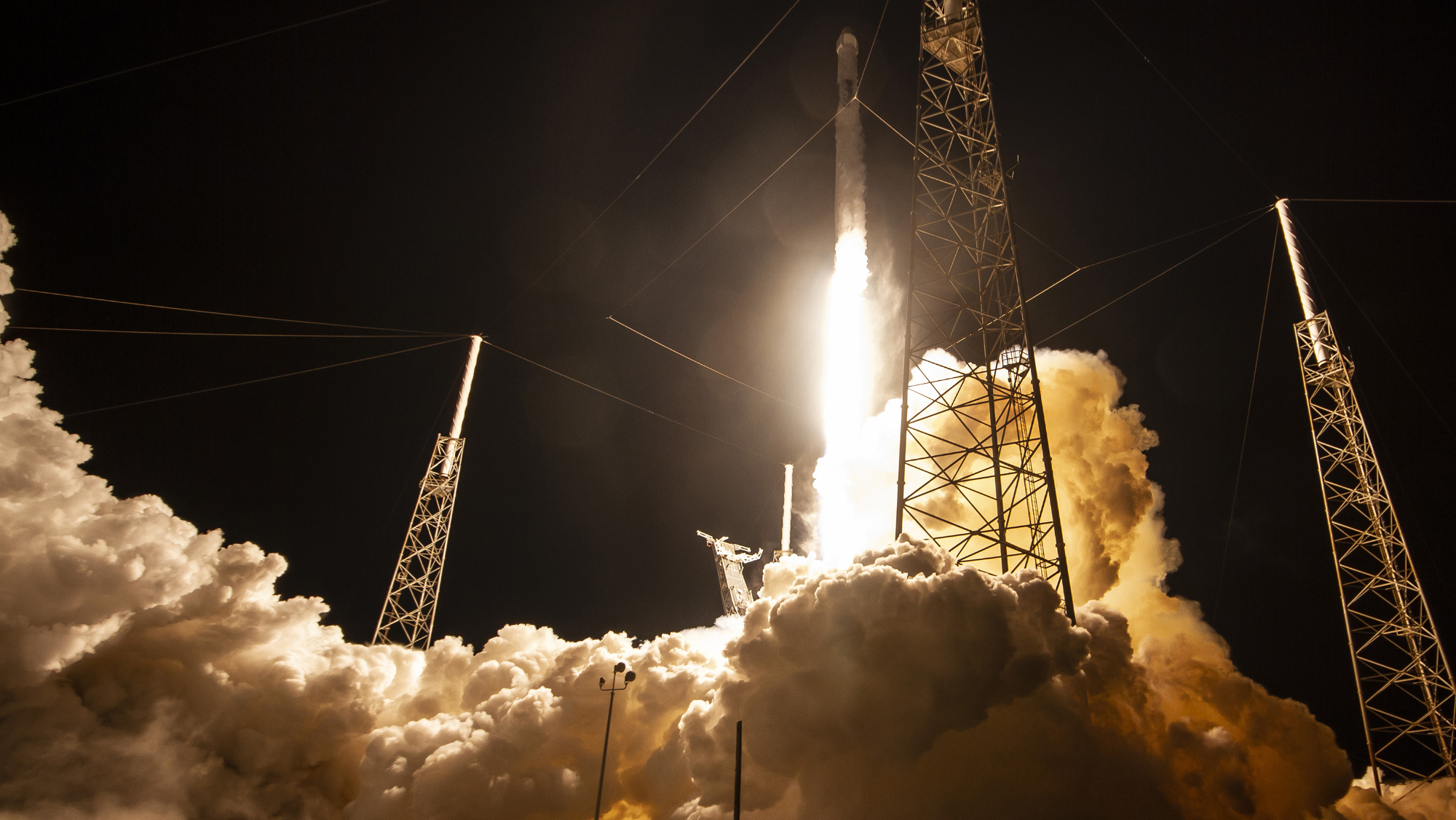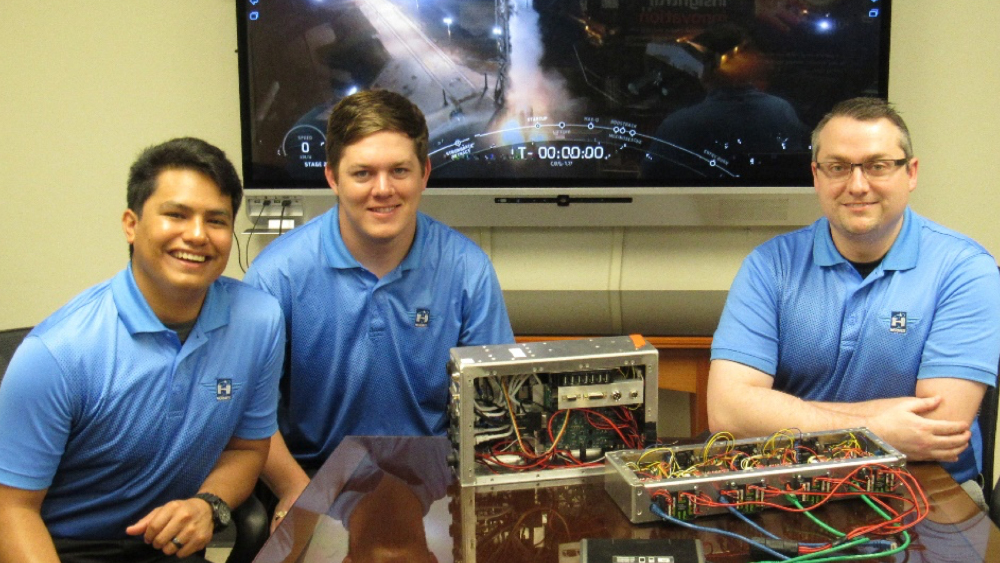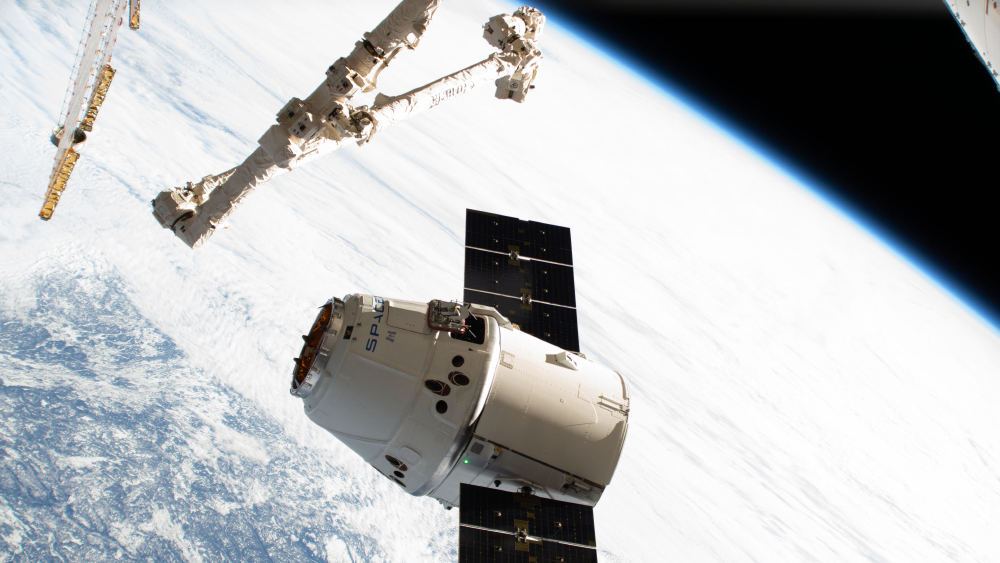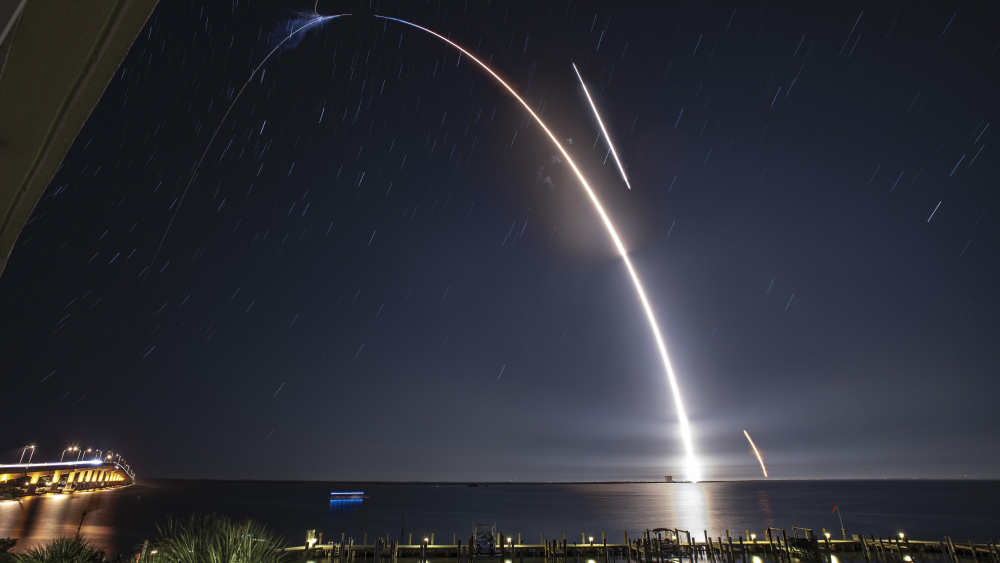
The SpaceX Falcon 9 rocket with the Dragon cargo module lifted off from the Florida Space Launch Complex 40 at Cape Canaveral Air Force Station on May 4. The Commercial Resupply Services mission (CRS-17) launched over 5,550 pounds of NASA cargo into orbit and successfully delivered it to the International Space Station (ISS) on May 6.
Included in this cargo was a Texas A&M University undergraduate capstone team’s final project, an experiment facility known as Hermes, which will be used to conduct experiments on asteroid particles in space.
The team, made up of Multidisciplinary Engineering Technology (MXET) mechatronics students Luis Orozco (embedded software), Dustin Tish (hardware systems) and Jeremy Coffelt (Python software, security and communications), celebrated the culmination of over a year’s work as they watched their project be launched into space.

The students took over the Hermes prototype that was developed by an electronic systems engineering technology capstone team and moved their design to the three production systems that underwent testing, validation and acceptance by T STAR, NASA engineers and scientists at the Johnson Space Center.
The first of its kind, Hermes is a Class-1E experiment facility that will host and support four microgravity experiment tubes that will be changed out every three to six months by an ISS mission specialist through 2024. The first set of four Hermes experiments will investigate microgravity effects on regolith (moon dust) simulants.
“This is the type of project that clearly demands the broad-based experiential education available to students pursuing the new MXET mechatronics focus area at Texas A&M,” stated Matthew Leonard, president of T STAR.

Hermes is a self-contained system that is responsible for the monitoring and control of all aspects of the facility. The system is composed of seven embedded intelligence devices. Six of them use a real-time operating system environment to monitor and control particular aspects of the facility or an individual experiment. One of the devices is a BeagleBone Black, which is the overall system and communications manager providing near real-time data and control capabilities for the scientists and engineers on earth. Hermes provides lighting, imagery and vacuum resources to each experiment while transferring all data collected to both the solid-state storage that is part of the experiment cassette and the ISS network drive to enable downloading on Earth. In addition, Hermes supports the addition of an external accelerometer that provides microgravity data to the scientists.
Working with talented students has played a significant role in Hermes being able to meet a launch window that was moved up to take advantage of payload space on SpaceX CRS-17.

The public-private-academic model of applied research developed by T STAR has made the design and development of Hermes an unprecedented success. Using a capstone project to undertake the initial prototype design before moving that project to an applied research effort for product delivery is a unique approach to developing space-worthy systems within budget and schedule requirements.
T STAR has implemented this work model in two other Texas A&M capstone projects, Helikite and Cardinal.
Helikite has produced a working prototype capable of measuring small fluctuations in magnetic fields. This system will be tested in late June when it is attached to an ultralight aircraft and then towed by a ground-based vehicle. The system will allow NASA scientists to evaluate whether or not it could one day be used on Mars.

The Cardinal project implements a new approach to collecting asteroid particles at high altitudes. It is intended to be an experimental facility attached to a high-altitude weather balloon. Once launched, it will monitor several environmental parameters including barometric pressure. When a preset altitude is reached, the Cardinal will automatically open its collection chamber and begin rotating the dust collection arm at a fixed rate. Once the system determines that the balloon is in position, the rotating arm will be stowed and the chamber closed. This new concept of collecting particles will provide a longer mission time with less contamination from the collection system itself.
From the Hermes project to Helikite and Cardinal, Aggie students are changing the future of space experimentation and exploration.